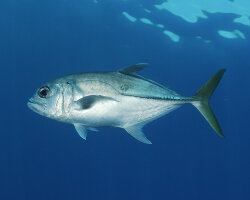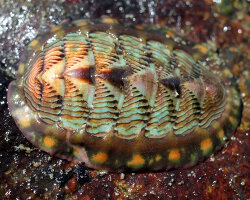Sealife guideThe blue sea starLinckia laevigata
Taxonomy
- Common name: Blue sea star, blue Linckia, azure sea star
- French name: Etoile de mer bleue
- Spanish name: Estrella de mar azul
- Scientific name: Linckia laevigata (Linnaeus, 1758)
- Family name: Ophidiasteridae
- Order name: Valvatida
- Class name: The starfish [Asteroidea]
Description
As its name suggests, the blue starfish has a uniformly intense blue body that can vary from pale to dark. In fact, it's the only blue starfish ! In the juvenile stage, the color turns blue-green.

The blue starfish is characterized, as its name indicates, by a body of intense uniform blue.
Its arms, five in number, are cylindrical in shape and have a rounded end.
The blue starfish is a starfish whose adult size can reach 20 to 30 centimeters in diameter.
Range
The blue starfish is mainly found in the Indo-Pacific regions and along the Australian coasts.
Habitat
The blue starfish is found in the sunny areas of coral reefs. Preferring hard substrates, it is rare to observe it on sandy areas except when it moves to reach another area of the reef.
Diet
The blue starfish is a detritivore, feeding on detritus and organic debris of all kinds.
The blue starfish is a nocturnal creature that moves randomly every night in search of its food.
Reproduction
Like most starfish, the blue starfish reproduces sexually, with the females, standing on their arms and with rounded backs, releasing an impressive number of gametes into the sea water.

The 5 arms of the blue starfish are cylindrical in shape and have a rounded end
At the same time, the males do the same, expelling their sperm in equally impressive numbers. Fertilization then takes place in open water ! The fertilized eggs divide and transform into planktonic larvae that drift in the ocean currents.
After a few days, the larva finally settles and begins its metamorphosis into a young starfish. In the juvenile stage, the blue starfish lives hidden in rocky crevices and stones.
The blue starfish also reproduces asexually by splitting off one or more of its arms, giving rise to a new individual.
Within the same family
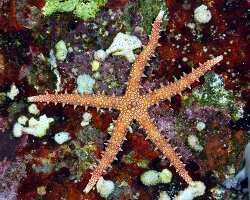
Egyptian sea star
(Gomophia egyptiaca)
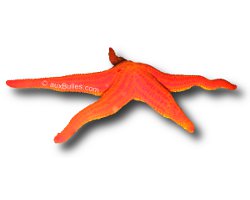
Smooth starfish
(Hacelia attenuata)
Explore also
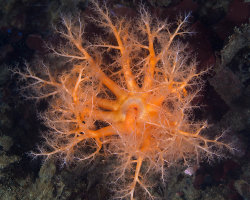
Orange sea cucumber
(Cucumaria miniata)
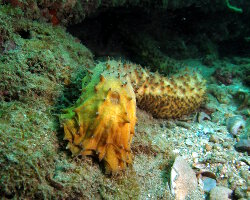
Tiger tail sea cucumber
(Holothuria thomasi)

Chocolate chip sea star
(Nidorellia armata)
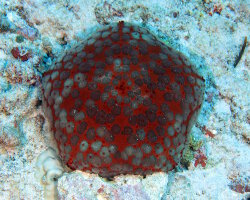
Pin cushion sea star
(Culcita schmideliana)
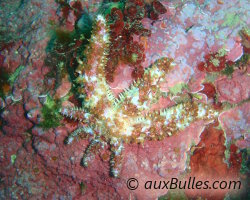
Blue spiny starfish
(Coscinasterias tenuispina)
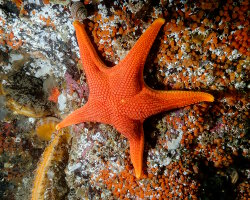
Vermillion sea star
(Mediaster aequalis)
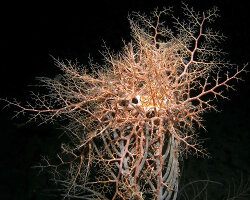
Giant basket star
(Astrophyton muricatum)

Graeffe's sea cucumber
(Pearsonothuria graeffei)
The marine species from Australia
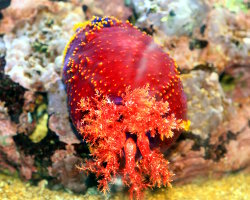
Australian sea apple
(Pseudocolochirus axiologus)

Blue sea star
(Linckia laevigata)
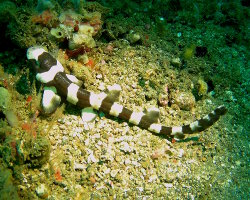
Brownbanded bamboo shark
(Chiloscyllium punctatum)
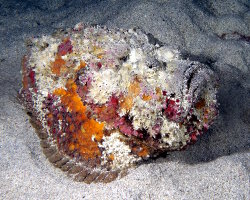
Common stonefish
(Synanceia verrucosa)
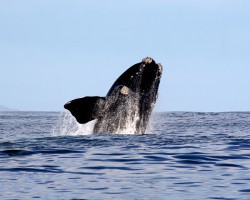
Southern right whale
(Eubalaena australis)
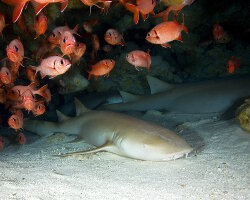
Tawny nurse shark
(Nebrius ferrugineus)
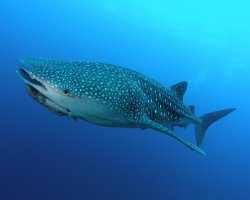
Whale shark
(Rhincodon typus)
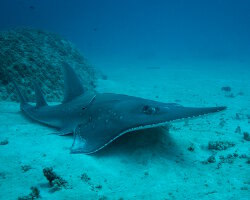
White spotted wedgefish
(Rhynchobatus australiae)





















